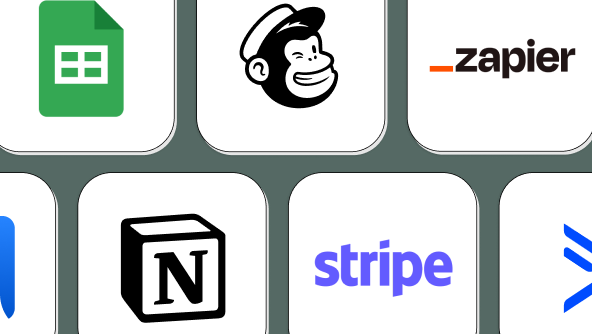
Products
PaperformPaperform is an online form builder like no other. It combines serious digital smarts with beautiful design to create endless possibilities.PapersignSimplify document signing with Papersign, so you can spend less time in email chains and more time on the important stuff.
Solutions
Web FormsScheduling FormsOrder FormsPayment FormsCalculation FormsSubscription FormsConditional LogicLanding page FormsQuiz MakerPoll MakerSurvey MakerTest Maker
All Solutions

Explore all the solutions you can create with Paperform: surveys, quizzes, tests, payment forms, scheduling forms, and a whole lot more.
See all solutionsIntegrations












Connect with over 2,000 popular apps and software to improve productivity and automate workflows
See all integrationsResources
BlogReal-life stories, trends, and strategies to help you grow your business.CareersJoin the company that prioritises 'life-work' balance.Online Signature GeneratorCreate and download a signature. Getting StartedHelpful guides to get you on track.Help CenterWe've got all the answers to your questions.
PricingSolutions
All Solutions

Explore all the solutions you can create with Paperform: surveys, quizzes, tests, payment forms, scheduling forms, and a whole lot more.
See all solutionsIntegrations

Connect with over 2,000 popular apps and software to improve productivity and automate workflows
See all integrationsResources
What are webhooks and how do I use them?
Related Articles
Does Paperform have an API?
Yes, Paperform provides a simple REST API for programmatically retrieving forms, submissions, and partial submissions.
How do I use Zapier?
Zapier is an amazing integration platform that allows you to integrate and automate your forms with over 2,000+ apps.
What are direct integrations?
Direct integrations on Paperform allow you to integrate directly between Paperform and numerous, popular services.

